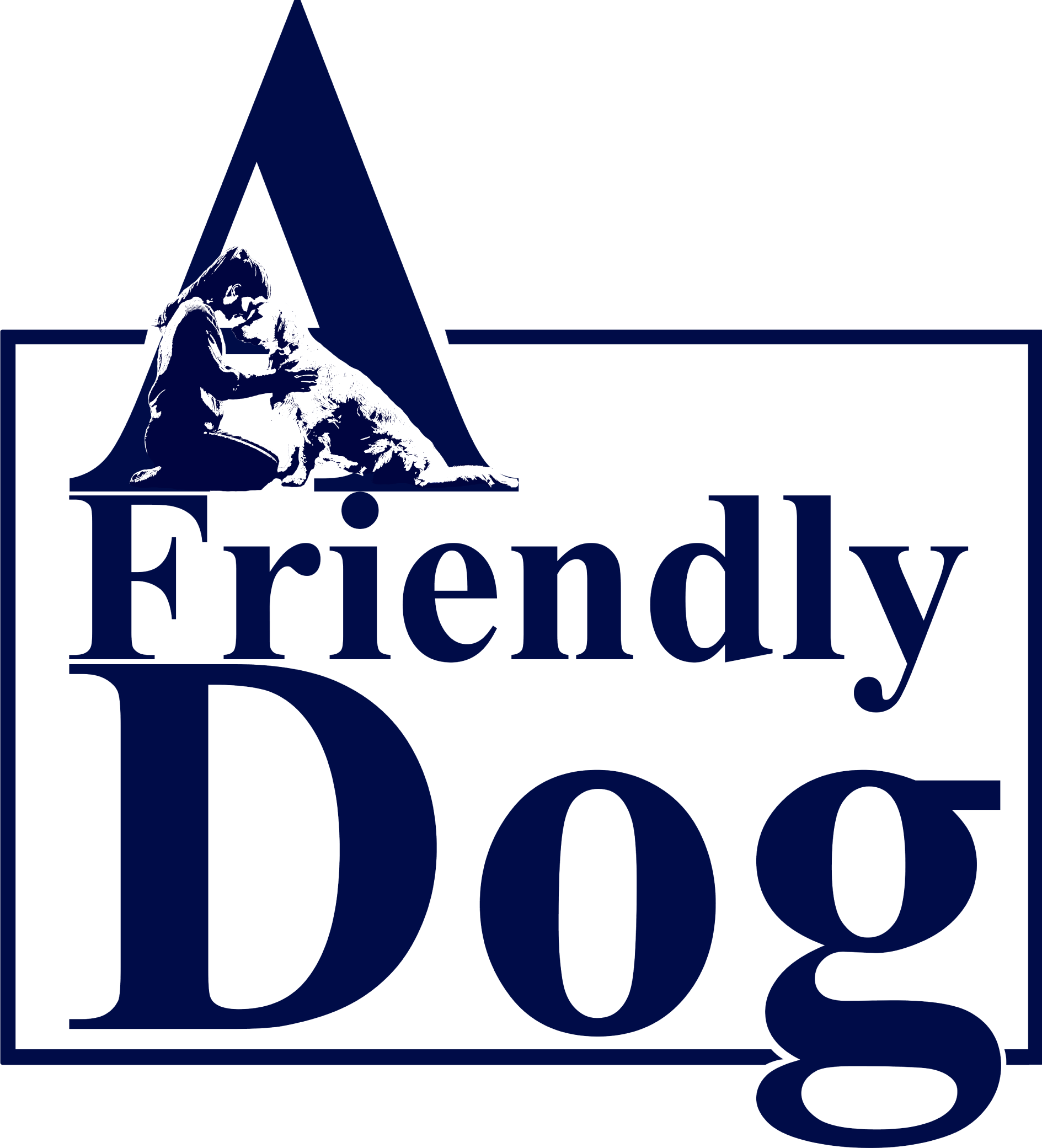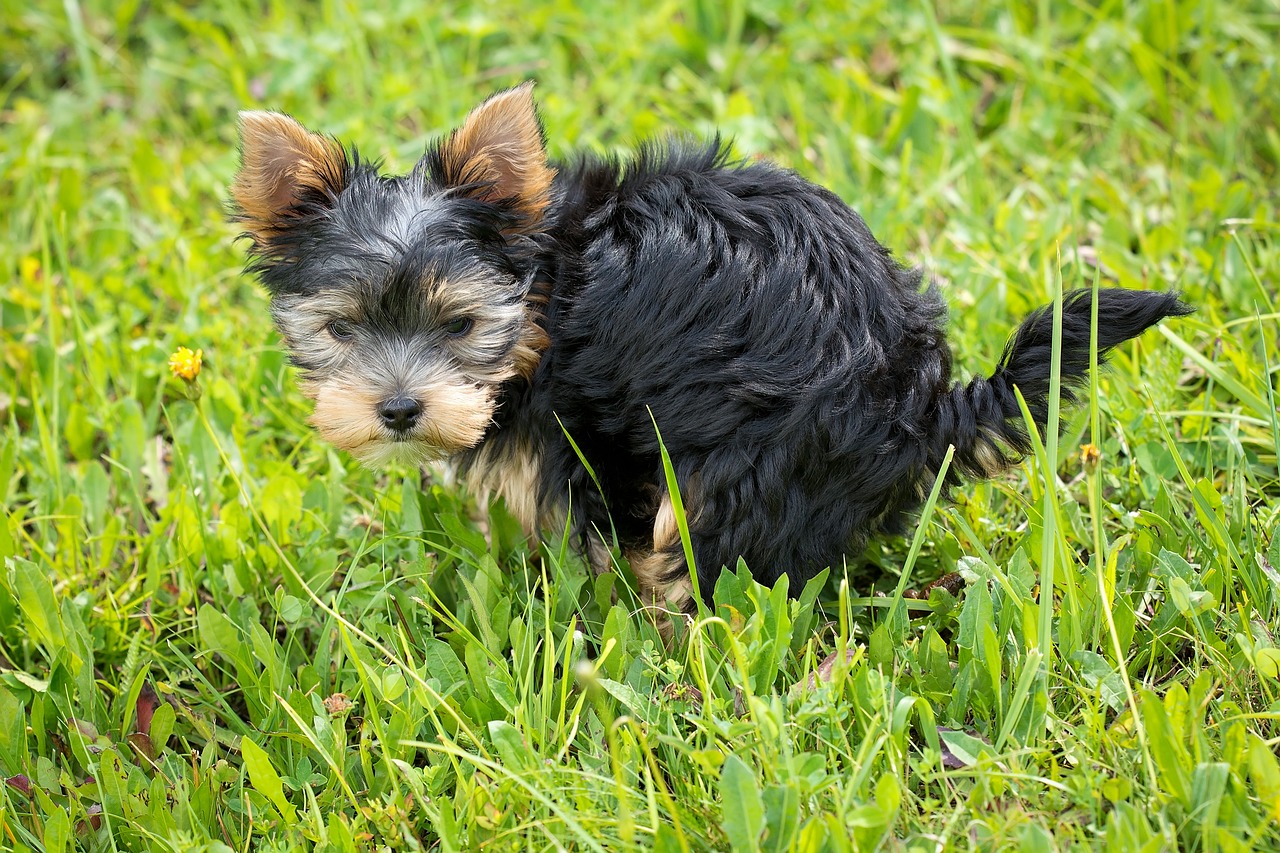Housebreaking, house-training, or potty training – regardless of the term you use – every new dog owner wants to teach their puppy to do their business outside and not inside the house. Timing is everything when it comes to this. The key to achieving this is by creating a timeline and sticking to it. While following your timeline, it’s helpful to establish clear rules about where your puppy should and shouldn’t be eliminating. In the meantime, dog crates and puppy pads can be valuable tools to assist you in your potty training plan.
Start each day the same way with your puppy. For example, when the alarm goes off, wake up and immediately take your puppy outside to do their business. Don’t pause to make coffee, check emails, or brush your teeth. If you’re using a crate, keeping the crate in or near your bedroom allows you to hear if your puppy needs to go out during the night or before your alarm goes off. When they’re still small, you can pick them up from the crate and carry them outside to prevent any accidents on the way to the door.
Always use the same door and go to the same area outside where you want your puppy to potty. Keep them on a leash during training, even if you have a fenced yard, so you can closely monitor their actions and react promptly. Another part of your morning routine will be breakfast. After taking your puppy out to the potty, they will be ready for their first meal of the day. Try to stick to a consistent schedule for their meals. This will help regulate their elimination patterns, allowing you to anticipae when it’s potty time. However, it’s not a guaranteed process either.
After meals, wait between 5 and 30 minutes before taking your puppy outside again. The younger the puppy, the sooner they should be taken out after eating. As they grow older, they will develop better bladder control and be able to hold it for longer periods. Most growing puppies eat three to four meals a day, and they usually need to poop after eating. Paying attention to this short follow-up period is crucial.
Lastly, keep an eye on your puppy when they drink water. It’s important to stay vigilant when your puppy is drinking water. Treat it as you would a meal and make sure to get them outside to relieve themselves right after. Opting for a puppy food that is easy to digest and refraining from feedings within two hours of bedtime will be also beneficial. As always, properly dispose of the excriment using doggy poo bags and place in the nearest appropriate recepticle.If you are out at a dog park or similar dog-friendly space, there is likely a dog specific waste recepticle available.

